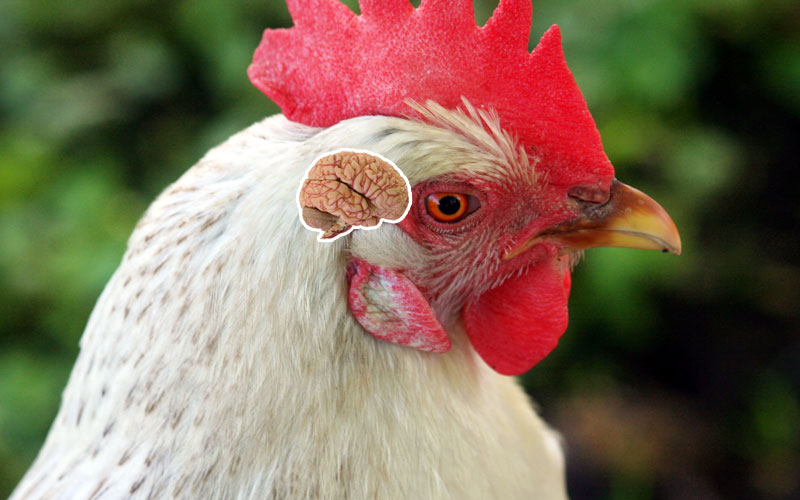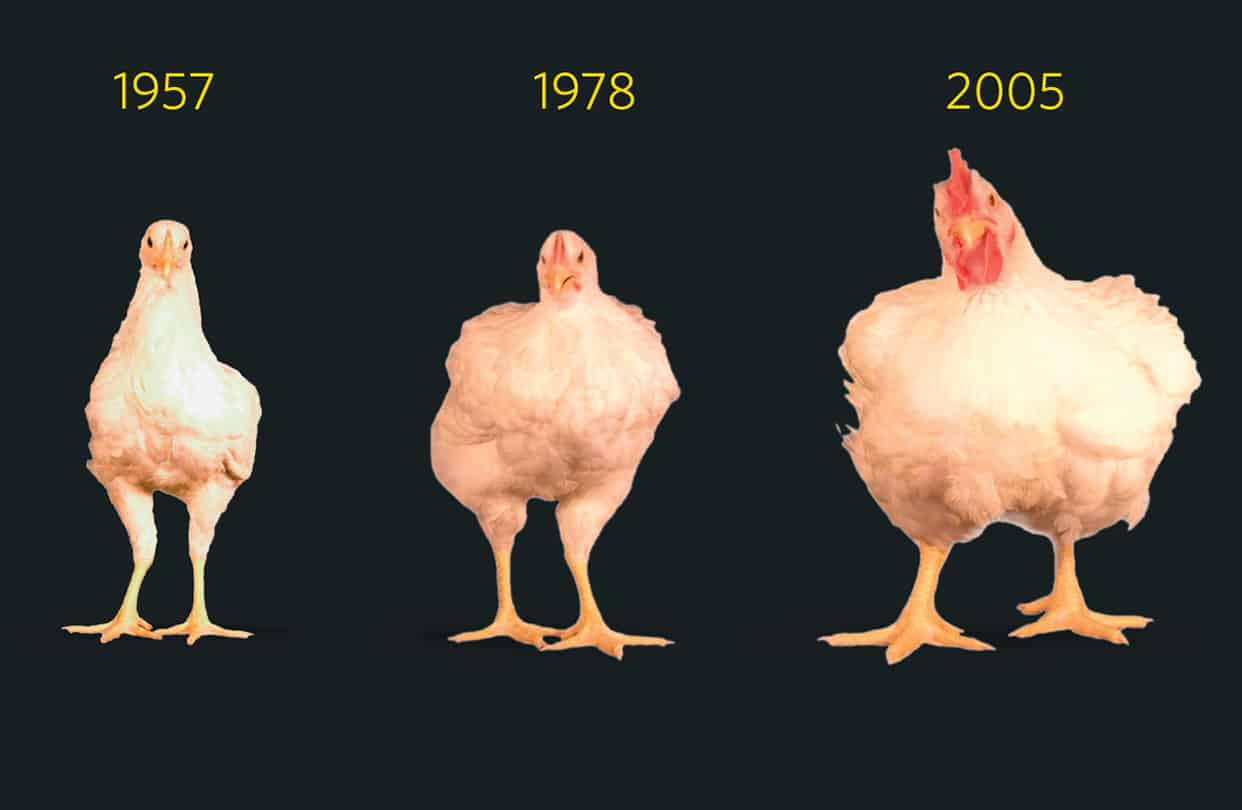Unveiling the Fascinating Dimensions of a Chicken's Brain: How Big is it?
The intricate world of animal anatomy often leaves us in awe of the diverse adaptations that have evolved over millions of years. Among the creatures that pique our curiosity is the humble chicken, a bird that plays a significant role in our lives. Have you ever wondered about the size of a chicken's brain? This article delves into the dimensions of a chicken's brain, shedding light on its importance and providing a comparative perspective.
1. Anatomy of a Chicken's Brain:

Anatomy of a Chicken's Brain
A chicken's brain, although relatively small, is a complex organ responsible for a range of essential functions. The brain consists of distinct regions, each contributing to various behaviors and bodily processes.
2. Size Matters - How Big is a Chicken's Brain?
The average size of a chicken's brain is approximately 1.5 cm³. To put it into perspective, it's about the size of a small marble. Despite its modest size, the chicken's brain manages to orchestrate numerous physiological and behavioral activities.
3. Chicken vs. Human Brain:

Chicken vs. Human Brain
While the chicken's brain might seem diminutive compared to the human brain, it's essential to note that the size isn't the sole determinant of intelligence or capabilities. Chickens have evolved with a brain size tailored to their needs, allowing them to thrive in their environment.
4. Brain-to-Body Ratio across Species:
A more accurate measure of brain significance is the brain-to-body ratio. Chickens exhibit a relatively small brain-to-body ratio compared to certain mammals or primates. This adaptation aligns with their specific behaviors and survival strategies.
5. Motor Skills and Coordination:
The chicken's brain controls its motor skills and coordination, enabling it to scratch the ground for food, perch on branches, and evade predators. Despite its size, the brain is adept at managing these tasks effectively.
6. Social Behaviors:
Chickens are social animals with complex hierarchies. Their brain processes social cues, helping them establish pecking orders, form alliances, and maintain group cohesion.
7. Circadian Rhythms:
The chicken's brain also regulates its circadian rhythms, influencing sleep-wake patterns, feeding times, and egg-laying schedules. This internal clock is essential for the bird's survival and reproduction.
8. Brain Plasticity:
Research suggests that the chicken's brain exhibits a degree of plasticity, allowing it to adapt to various environmental conditions. This adaptability ensures their survival in changing habitats.
9. Cognitive Abilities:
While chickens may not display cognitive abilities comparable to mammals, studies have shown their capacity for learning, memory, and problem-solving. They can recognize faces, learn to navigate mazes, and exhibit self-control.
In the grand tapestry of the animal kingdom, the chicken's brain stands as a testament to the marvels of evolution. Its modest size belies its significance in governing crucial behaviors and physiological processes. While it might not rival the human brain in size or complexity, the chicken's brain showcases the beauty of specialized adaptations. So, the next time you marvel at a flock of chickens, remember the incredible brainpower that guides their every move.